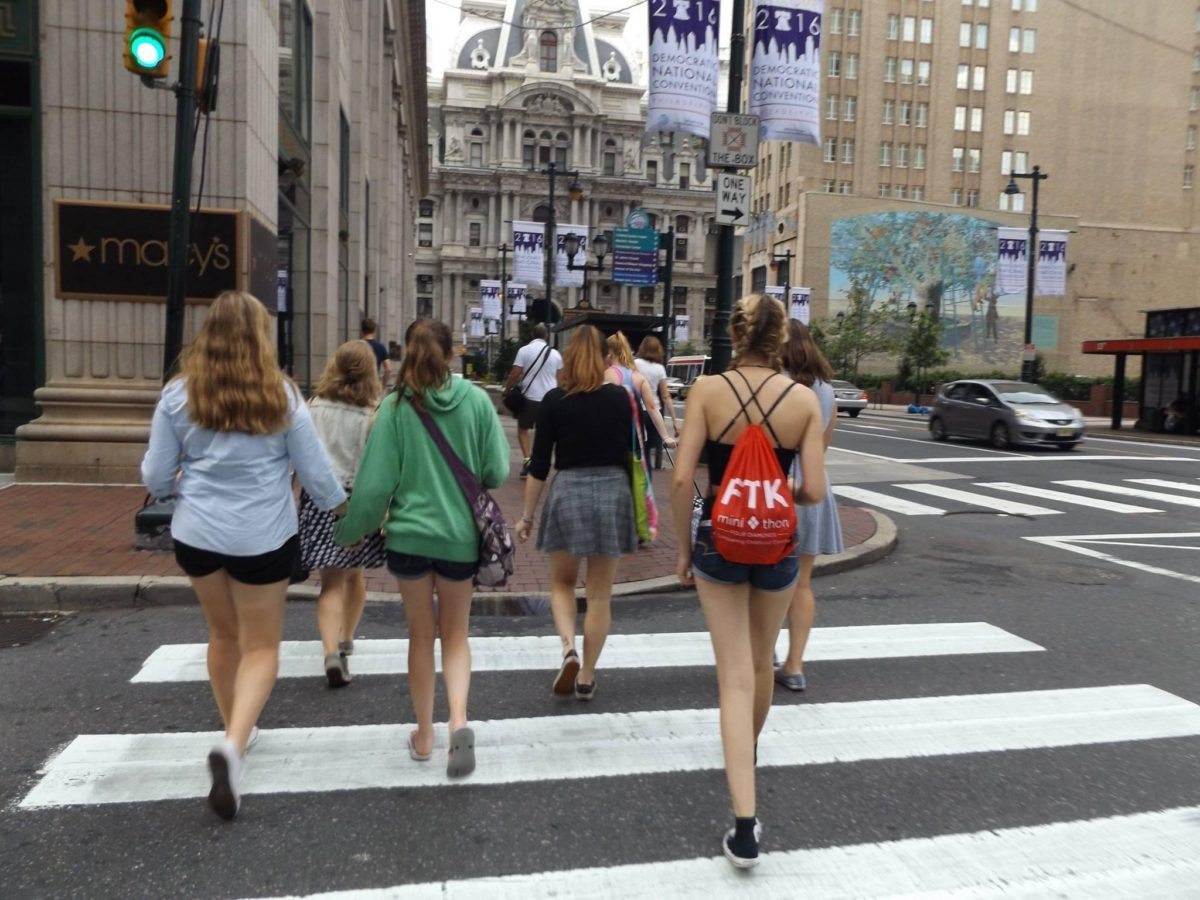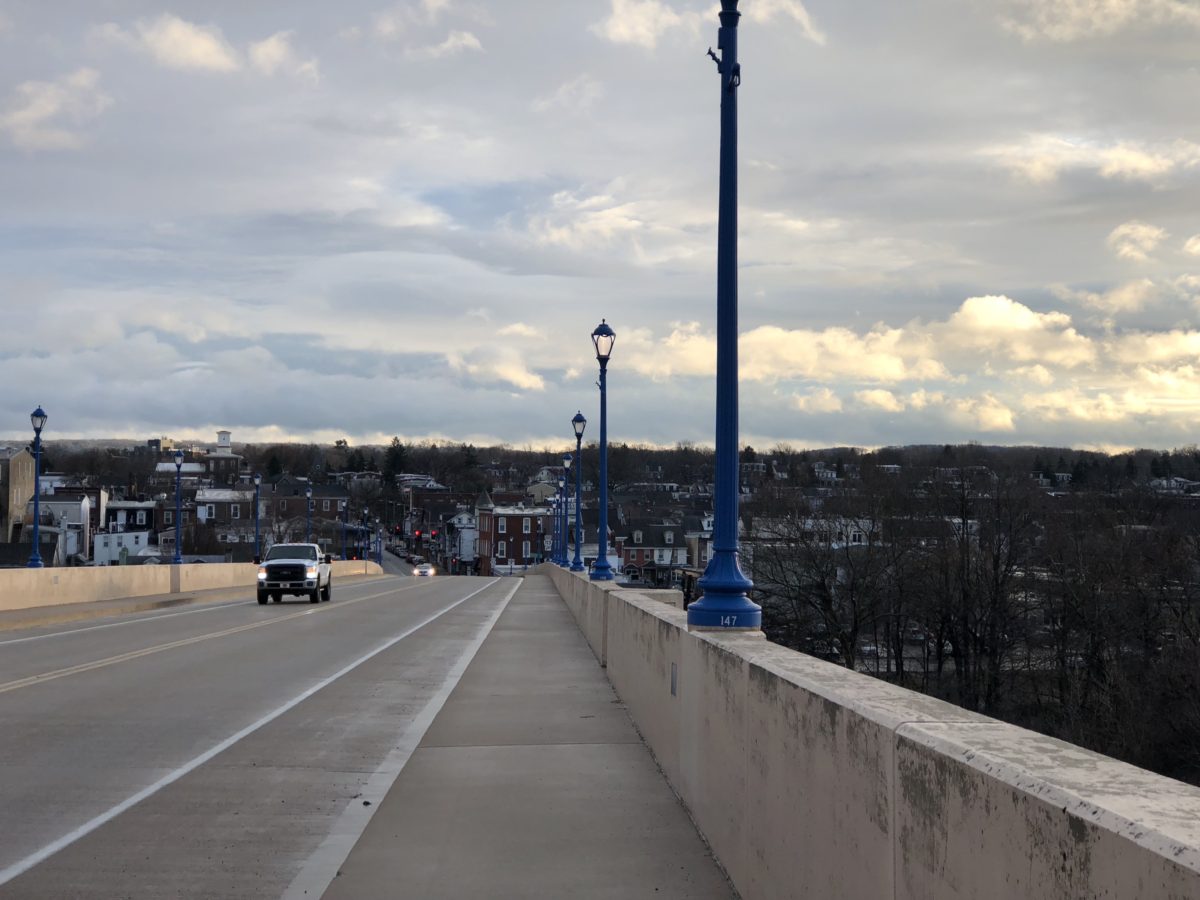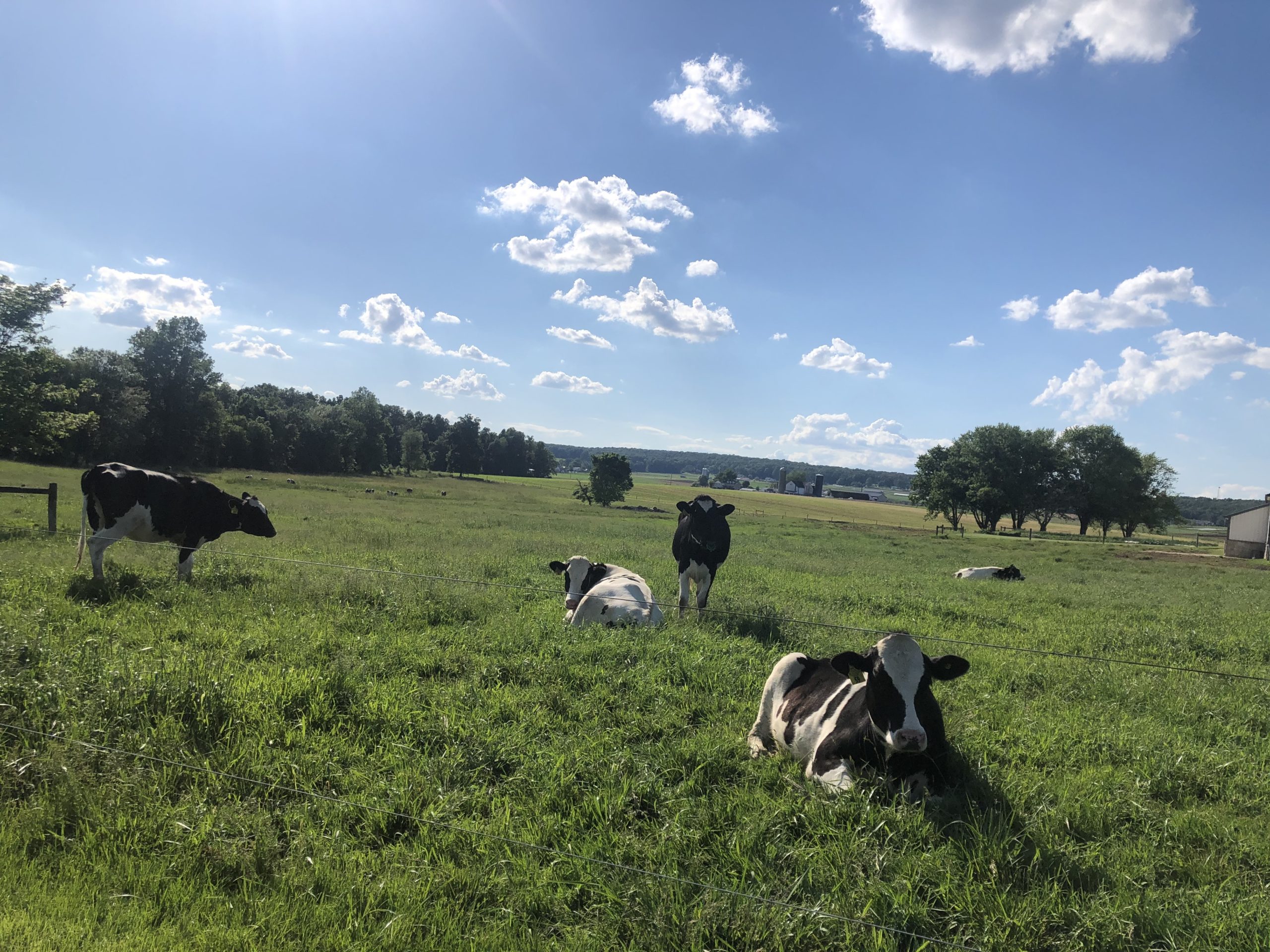Pennsylvania is a charismatic, bumbling and diverse state that confuses the hell out of everyone: including its residents. I should know, since I am one of them.
It’s less like one unified state, but rather a bunch of small community-run governments that tolerate one another. If you ever travel here, you’ll notice you can go from urban-scape buildings to suburbia to corn fields all in under twenty minutes.
The result? An incredibly diverse group of people who equally represent both sides of America’s political coin, making it a “swing” state. This means an almost perfectly divided vote in nearly every single election.
But why does that matter?
The electoral college is based on population size. According to the United States Census, as of 2019, Pennsylvania’s population density compared to that of the other swing states is second in rank to Florida, ahead of other swing states – Arizona, Georgia, Iowa, Michigan, North Carolina, Ohio, and Wisconsin. As such, whichever political party wins Pennsylvania has a higher percentage of determining the overall outcome of the presidency.
Pennsylvania has 20 electoral votes. The electoral college runs on a majority rules basis, meaning only slightly more than half of our votes need to be counted for one party in order for a presidential candidate to win.
In fact, Pennsylvania is so crucial to the presidential election that FiveThirtyEight has predicted that if Trump wins Pennsylvania again, he has an 84 percent chance of winning. If Biden wins it, he has a 96 percent chance.
Polls currently show the votes for former Vice President Biden at 290, and 163 for President Trump, according to 270towin’s election map, but there won’t be a true answer until after Nov. 3. News outlets like The New York Times as well as political science departments like the one at The University of California, Riverside have predicted Pennsylvania to be the deciding factor in who the next president will be. But unlike in 2016, the state is expected to lean blue.

So why would a state that went red last time suddenly swing the other way, when the president they voted for is up for reelection?
The answer is a mix of culture and economics.
According to the Census, 62 percent of our residents older than 16 years are in the labor force in some way, and in 2012 we had 191 million sales in exports. Livestock, dairy, eggs, corn, and fruits are our main source of agricultural income.
This last number is important because of Pennsylvania’s cultural makeup. Without writing an entire Encyclopedia Britannica article, Pennsylvania’s population consists of three main demographics: rural farmers, low-income artisans, and middle class to wealthy corporate workers.
Only one fourth of Pennsylvania is actually urban, with 48 of its 67 counties being considered rural, according to The Center for Rural Pennsylvania.
This rural landscape is made up of agricultural farms, cornfields and the middle half of the Appalachian Mountain range, as well as the Amish and Mennonite communities. You’ll often find farmer’s markets, dirt roads, and horse and buggies across the state, with shops touting furniture, clothes and food, all made by hand.
Like bookends to this farmland are Philadelphia and Pittsburgh: two densely populated but largely blue-collar cities. With its proximity to the Delaware River, Philadelphia has been known as one of the big names in the shipping industry, and Pittsburgh has been a mecca of steel. They are bright and bustling, filled to the brim with creatives and artists, but economically fraught and small.
However, the suburbs that circle these cities are wealthy, with roots in steel and iron mining. These counties are the ones that built off the wealth of the factories that once employed them, and chose to move away from manufacturing and agriculture. Or, like my town, Phoenixville, they were forced to adapt when manufacturers started closing all the factories and became stuck somewhere between middle and working class. These towns depend on corporate employers including pharmaceutical companies like Glaxo Smith Kline and Vanguard.

Philadelphia, Pittsburgh, and their surrounding counties tend to lean blue, while the rest of the state leans red: the result being that the vote is almost split evenly down the middle due to the distribution of the population.
Pennsylvania has rustic charm and self-sustaining agriculture, artisans and blue-collar workers who rely on the land and factories for their livelihoods – and they’ve found themselves abandoned by a socioeconomic agenda which leaves no room for them.
So in 2016, when Trump promised to be the big man for the working class, with his anti-establishment policies promising economic respite, the overwhelming majority of rural Pennsylvania voted red.
But in the past four years Trump has not done anything to act on these promises – in fact, he’s actively making things worse for the working class — and rural Pennsylvania is outraged that their industry is dying and no one is trying to save it. However, this doesn’t guarantee a unanimous vote for Biden, because while he has a more cohesive economic plan, the Democratic party’s primary focus is building and strengthening the middle class, not on sustaining the agricultural and manufacturing industries.
And that’s why Pennsylvania’s vote is so difficult to predict this year.
Because in the past four years things have changed drastically for human and civil rights. It has been four years of an economy that is growing faster than it can be sustained, yes, but it has also been four years of fighting anti-Black, anti-immigration, anti-female-identifying and anti-LGBTQ sentiments from Trump and his followers.
What this means for the majority of rural Pennsylvania is that they are now faced with a choice: vote blue and hope for a dramatic shift in human rights, or vote red and hope that the economy will get better, that Trump’s empty promises will come to fruition.
It is a tough choice for many rural Pennsylvanians, and as the polls show, Democrats are taking the lead. Election day is almost here, and while over 92 million Americans have voted, we may still have a long way to go before we know who will be the next president of the United States.







